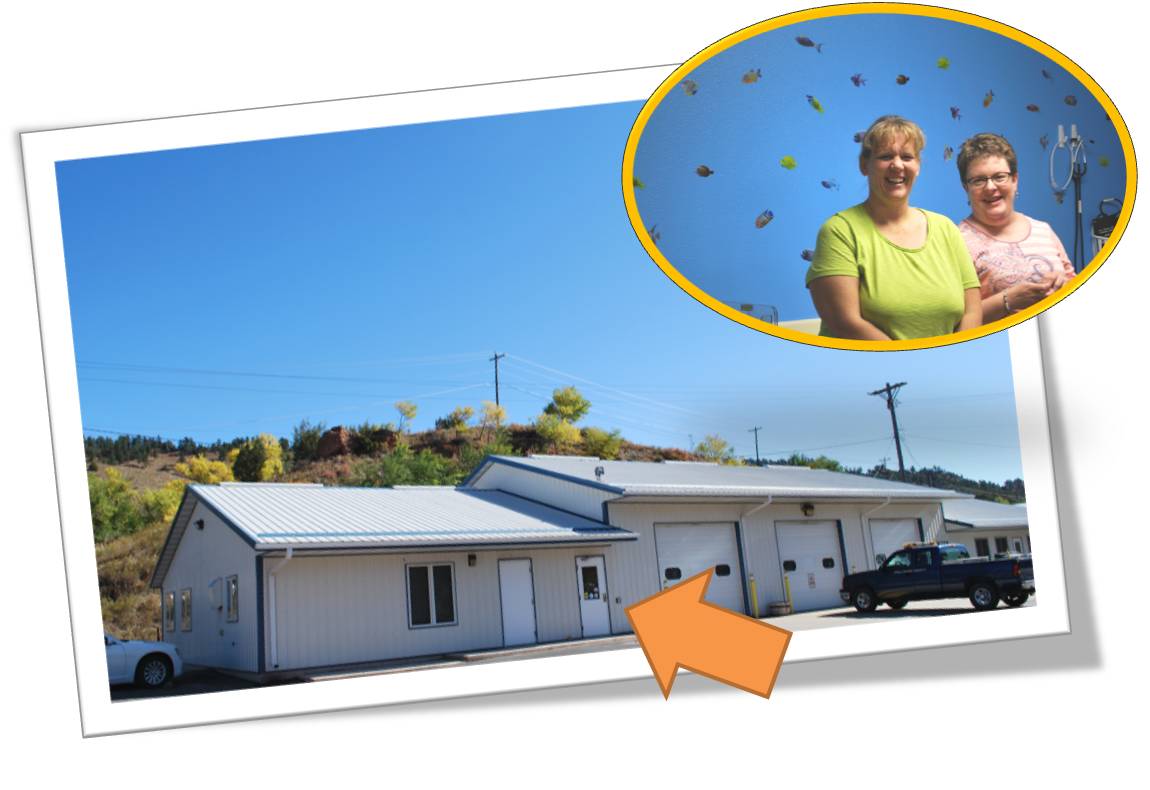This is a reminder from your County Treasurer, Kelli Rhoe, that property taxes are due by Tuesday, October 31st, 2017. To avoid long lines, please come in early, call or mail in your payment to us at 906 North River Street, Hot Springs, SD 57747. The Treasurers Office phone number is 605-745-5145. Our office hours are 8-5 Monday-Friday. All property taxes will become delinquent November 1st and will have interest added.
You can look up your property taxes online using the Webtax Programs for Fall River County and Oglala Lakota County. Taxes must be paid by mail, phone, or in person.
 The Weed & Pest office has moved into its new location at 709 Jensen Highway. The office is located on the right (south) end of the building. Doors are sometimes locked as the other office on this side is not yet inhabited. If you are visiting Nina just knock on the window with the Weed & Pest sign. Future county Weed Board meetings will take place in the meeting room at this location.
The Weed & Pest office has moved into its new location at 709 Jensen Highway. The office is located on the right (south) end of the building. Doors are sometimes locked as the other office on this side is not yet inhabited. If you are visiting Nina just knock on the window with the Weed & Pest sign. Future county Weed Board meetings will take place in the meeting room at this location.

